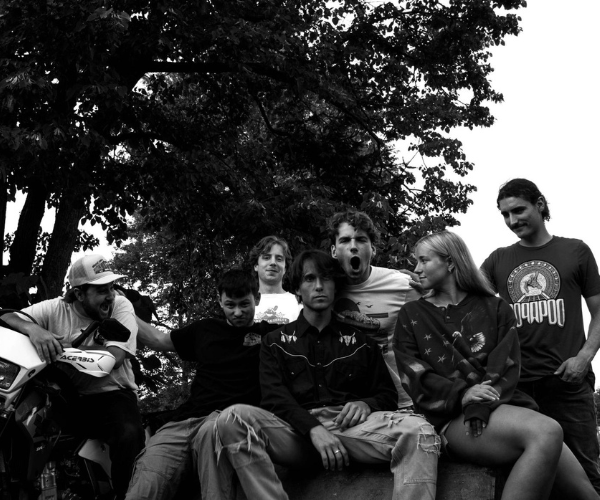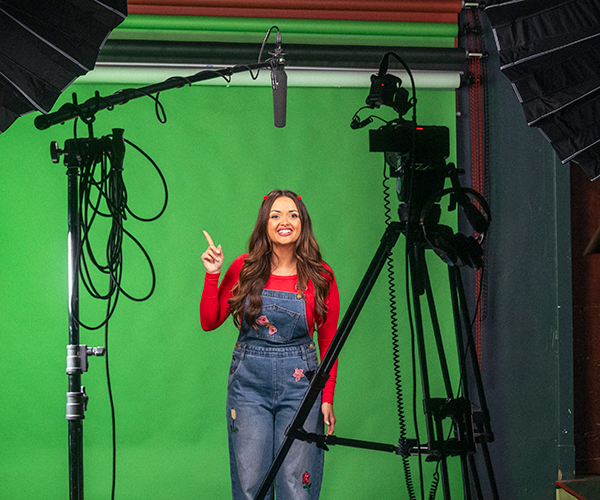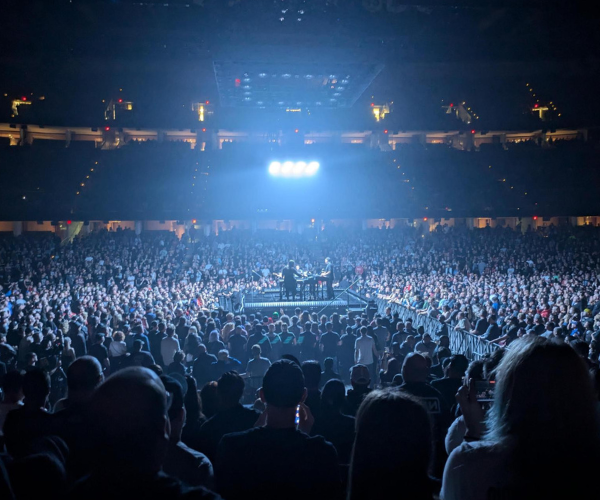Can the future really be mapped? Will it have a certain tone or color? A specific sound? Think of the streets of "Blade Runner" or "Brazil." Think of the pop culture versions we have now: Big Brother looms large over sterile, gray buildings, and humans live among robots, clones and flying cars. Curiously, the artists are nowhere to be found.
In science fiction, the future is often depicted as a dehumanizing dystopia, where wars are planetary, aliens have large heads and oval eyes, and our thoughts are not our own. Or it's a survivalist nightmare, "Mad Max"-style, where the Earth is a desert and we return to hand-to-hand combat and our formerly underused wits.
Rarely, however, is the future depicted as fun.
But serious play will be at work in the upcoming, awkwardly titled exhibition Dreaming of a More Better Future, which opened Oct. 22, at the Cleveland Institute of Artis Reinberger Galleries. It's part of an eight-month, community wide series of lectures, exhibitions and films called Dreamweaver: The Science and Culture of Escape, Fantasy and Reverie, which includes concurrent exhibitions at MOCA Cleveland and SPACES gallery this fall.
The future may or may not be chaotic, but this exhibition is purposely so. Forget the clean, spare white walls of Modernism. Dreaming revels in clashing and competing images of films, video projections, music and sound sculptures, photographs, drawings and paintings by nearly four dozen artists. Things will definitely be hanging from the ceiling, and the amount of visual and audio information will be overwhelming.
To somehow organize this unwieldy scenario, the space will be split into 10 "zones," according to Saul Ostrow, dean of visual arts and technologies environment at CIA, who curated the exhibition with independent curator Stuart Horodner from Atlanta. Each zone will have its own different-colored lighting and personality, defined by clips and sound tracks of films such as "Logan's Run," "Fahrenheit 451," "Time Machine," "The Jetsons" and, of course, "Brazil." Each artist will be "indexed" to a zone, and the space will be no more linear than a maze. Newly created sound-scapes will punctuate the atmosphere. It could be described as a post-modern mess, but, says Ostrow, the goal is complete intellectual and sensual saturation.
And what of the ungrammatical title? According to Ostrow, it riffs on the film title "Mo' Better Blues," a phrase that implies a really good time. The person having the most fun so far, however, is Ostrow; a hearty laugh accompanies everything he says about the exhibition.
The first image the viewer sees is a reddish-brown landscape painting of Mars by David Clarkson, which looks like the Arizona desert, and the final image is a painting by David Diao of the Green River Cemetery where Jackson Pollock and other famous artists are buried.
The exhibition's theme references the important 1956 exhibition "This is Tomorrow," in which a then-outrageous collage by Richard Hamilton was deemed the first piece of Pop Art, thus coining a term that would come to define the 20th century's most influential art movement. However much color, irony and freedom of form Pop Art gave us, its optimism hasnit been a through line in art. But to Ostrow, the theme fits: "What is more optimistic than dreaming of a future in which we can trust ourselves to engage in pure, undirected play?"
Play implies a tactile element; will we actually be able to touch the art? Or will guards suddenly rappel from the ceiling to scoop us up and take us to an interrogation room?
Dreaming of a More Better Future will be showing at the Cleveland Institute of Art's Reinberger Galleries through Dec. 22. Call (216) 421-7304 or visit www.cia.edu for more information.



